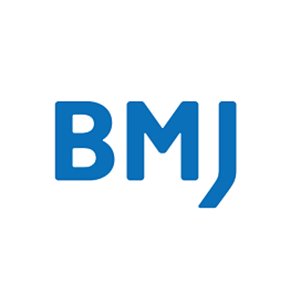Discussion
The average level of information utilisation in the RHIS among health workers was found to be 52.0%. Data visualisation, institutional management support, type of health institution, conducting DQA, supervision quality and data management skills were significant predictors of information utilisation in the RHIS.
The level of good information utilisation was consistent with the other studies conducted in the Oromia regional state of Ethiopia (56%),29 and Northwest Ethiopia (55.9%).21 However, the finding is lower than studies conducted in Dire Dawa Town of Eastern Ethiopia (58%),18 Norwest Ethiopia (64%)20 and the Hadiya Zone of Southern Ethiopia Regional State (62%).23 The possible reason for this variation might be the difference in the scope of the study settings. Unlike the current study, none of the previous studies addressed health posts but targeted only district health offices, hospitals and/or health centres. As supported by previous evidence, information utilisation at health post is lower than in other upper-level health systems.30 Therefore, the inclusion of health posts in this study might have relatively lowered the proportion of good information utilisation. This was probably due to higher access to important professionals such as health information technicians or skilled and trained health workers, and the availability of strong monitoring and evaluation systems in district health offices, health centres and hospitals as compared with health posts.31 In general, the finding suggests that the information utilisation is below expected levels and requires significant attention and effort to understand and improve its current state.
A unit increase in the encouragement of institutional management improves RHIS utilisation by 0.065. This finding was in line with studies carried out in the East Wollega zone of the Oromia regional state of Ethiopia,30 Eastern Ethiopia,18 and in the East Gojjam Zone of Northwest Ethiopia.32 The presence of management support and encouragement is a key process in ensuring the financial, operational and human resources that enable the institutional capacity to maintain RHIS utilisation performance. It also improves the monitoring and evaluation system, establishes programme-specific supervision platforms and enhances the skills of the staff for information utilisation.33 Therefore, enhancing management support is a crucial factor in fostering better information utilisation among health workers in RHIS.
Quality of supervision is a significant predictor of information utilisation, in which ensuring supervision quality improves information utilisation in RHIS by 0.135. Similar findings were reported from the Kembata Tembaro zone of Southern Ethiopia,34 the East Gojjam Zone of Northwest Ethiopia,10 and the East Wollega Zone of the Oromia regional state, Ethiopia.30 The availability and quality of supportive supervision enable a supervisors or health organisations to identify the gaps and design appropriate interventions that lead to improved health staffs’ and managers’ skill and performance on RHIS utilisation.35 By strengthening the supervision system and improving its quality, health institutions can create an environment that encourages health workers to use available information for effective decision making.
Conducting DQA improves the information utilisation by 0.053. Conducting DQA assures the production of quality data in the health system. Similar findings were reported in Ethiopia.14 21 Quality data are accurate, complete and available on time to data users, which is an important matter for evidence-based decision-making.36 This implies that health institutions should prioritise routine DQAs for the effective use of the information for decision-making.
As compared with the district health office, the information utilisation was decreased in health posts by −0.082. This result was in line with studies conducted in Debre Berhan Town of Ethiopia,17 and North West Ethiopia.21 Differences in the skills of the health workers and the availability of a relatively strong monitoring and evaluation system at the district health office level compared with health post were possible reasons for the variation in information utilisation among these institutions.26 29
Data visualisation increases the possibility of using health information by 0.053 times. Similar exploratory previous evidence was reported.37 The data posted on the wall of working rooms enable the health workers to easily understand, identify and analyse trends in performances of activities, help them make decisions and initiate them to use routine health data.38
Strengths and limitations of the study
Multilevel analysis accounts for the dependency of the outcome within institutions and the variations between institutions. Applying a mixed-methods design combines the strengths of both quantitative and qualitative approaches to provide a comprehensive understanding of complex constructs like information utilisation.
Conversely, the study is not free from limitations. Since the study is cross-sectional, it is difficult to establish a cause-and-effect relationship between information utilisation and its predictors. In addition to this, private institutions were excluded from this study so that generalisation about these institutions would be unlikely. On the other hand, limited generalisability due to small and non-random samples is a potential limitation of the qualitative approach.





